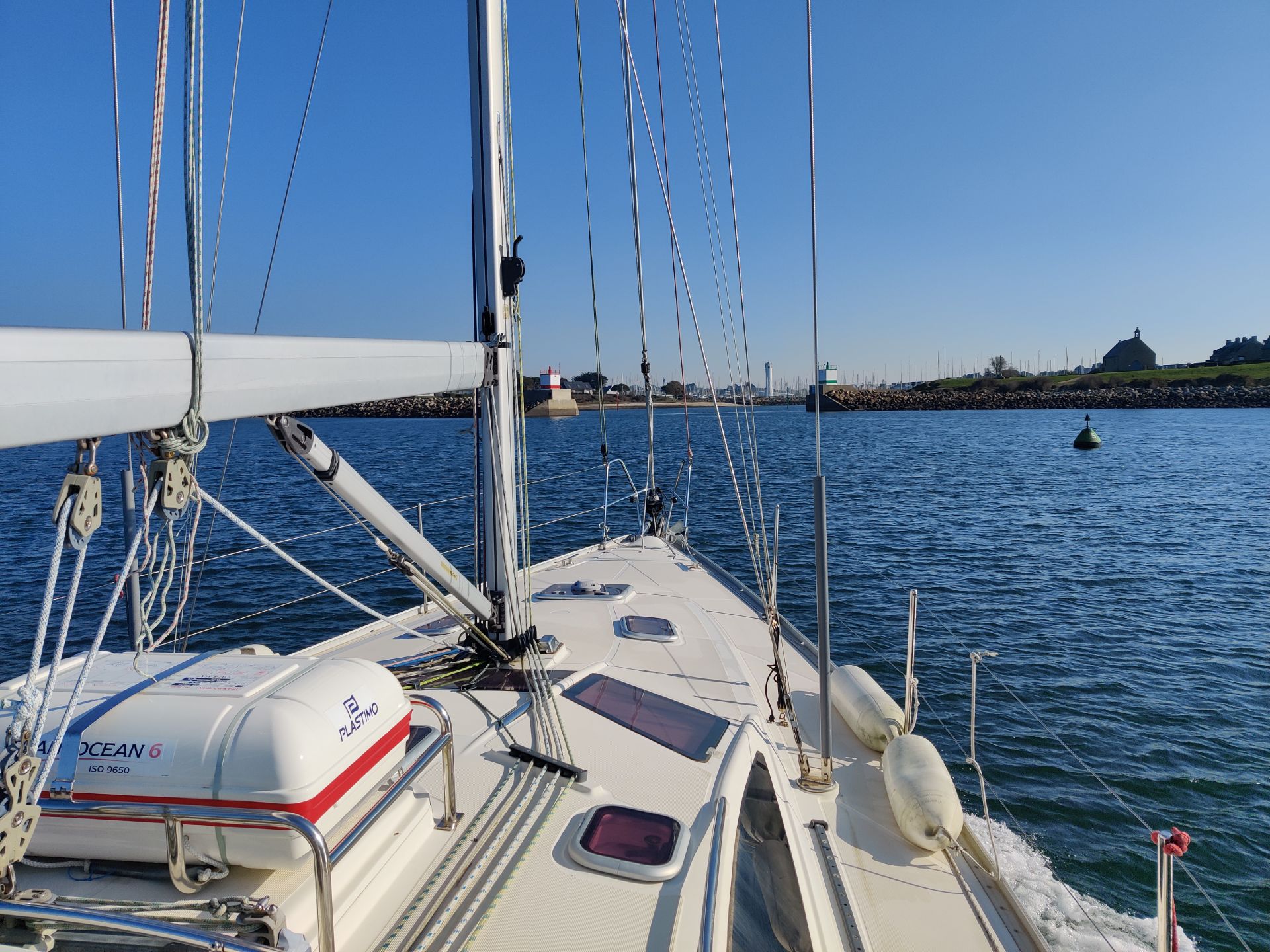Since it first appeared more than 20 years ago, the NMEA2000 (or IEC 61162-3) standard has been deployed very slowly on pleasure boats, and even today the majority of instrument connections are made using NMEA0183, i.e. serial, point to point at 4800bps or 38400bps for AIS systems. This is also a point-to-point communication (possibly point-to-multipoint with limitations) which requires numerous cables inside the boat.
Admittedly, this is sufficient to link a GPS to a basic navigation system, and it is perfectly understandable that a large proportion of sailors are content with it.
What does NMEA2000 offer that could justify a change of communication system on board a pleasure craft? Let’s look at the arguments:
- Simplified and secure cabling.all the data travels over a backbone that also supplies power to the instruments. It’s a robust cable, well protected both mechanically and electrically. Circular connectors are easy to fit, waterproof (IP67 or IP68) and reliable to connect. The only drawback is that some manufacturers have adopted connectors that differ from the standard (6 pins instead of 5 for Raymarine, for example), but a simple mechanical adaptation is required to make Raymarine equipment communicate in SeatalkNg on NMEA2000.
- All the data available everywhere. In my opinion, this is the decisive advantage of NMEA2000. If you have access to the network, you have access to all the navigation data. This makes it very easy to put displays where it makes sense, to have very simple redundancy and/or to distribute the processing functions, thus eliminating the notion of critical equipment whose failure renders the navigation system inoperative.
- Interoperability between instruments of different brands. The definition of the application protocol (PGN) by NMEA is a complete standard that allows information to be exchanged without the need for converters. So you can choose the sensor or display best suited to the function without worrying about the brand..
Added to this is the fact that prices have come down and NMEA2000 components are now competitive with NMEA0183 versions, especially if the functional difference is taken into account. Introducing NMEA2000 communications to a boat all at once, or gradually, is a sensible choice for modernising your navigation system.
Is it complicated? Not really. I’d say the trickiest part is the design of the backbone and its routing through the boat. After that, there’s no problem with other cabling, as everything (including the power supply) passes through the network.
Don’t hesitate to contact us if you need any help.


